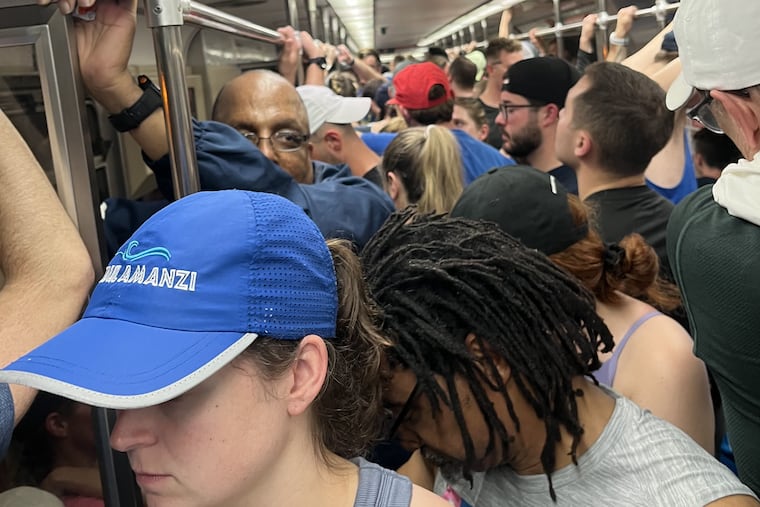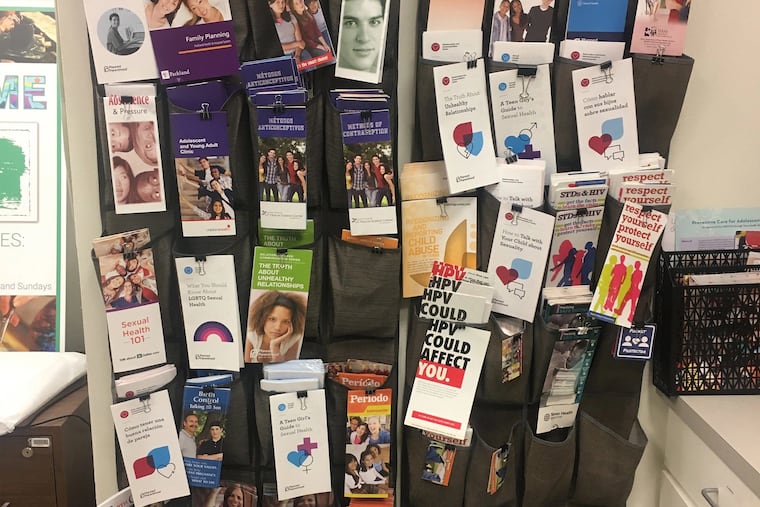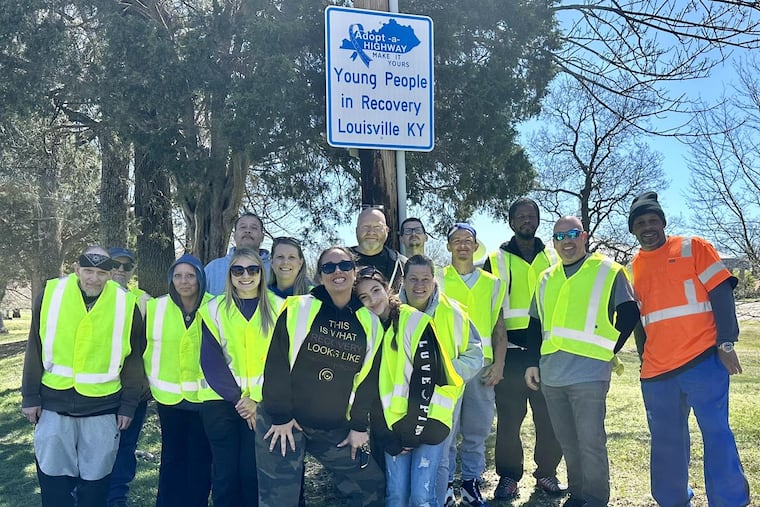Diabetic amputations are again on the rise, raising red flags for health care access and equity
Other diabetes complications are also increasing.

- Donovan McNabb Jr., the son of the former Eagles quarterback, is making a name for himself
- Haverford president apologizes to members of the Jewish community as she faces congressional hearing on antisemitism
- Harassment and overtime fraud probes collide at top levels of Philly Fire Department
- ‘What do food trucks have to do with crime?’ North Philly vendors say new curfew enforcement may wipe them out.
- Barstool’s Dave Portnoy attacks 6abc during interview about antisemitic incident
Rob Tornoe and Nate File
Link copied to clipboard
Link copied to clipboard
Jennifer McDermott, Associated Press
Link copied to clipboard
Amanda Erickson, Washington Post
Link copied to clipboard
Janet Rosenzweig, For The Inquirer
Link copied to clipboard
Link copied to clipboard
Aneri Pattani, Tribune News Service
Link copied to clipboard
Audrey Carleton, Capital & Main
Link copied to clipboard
Link copied to clipboard
Amanda Swain, For The Inquirer
Link copied to clipboard
























